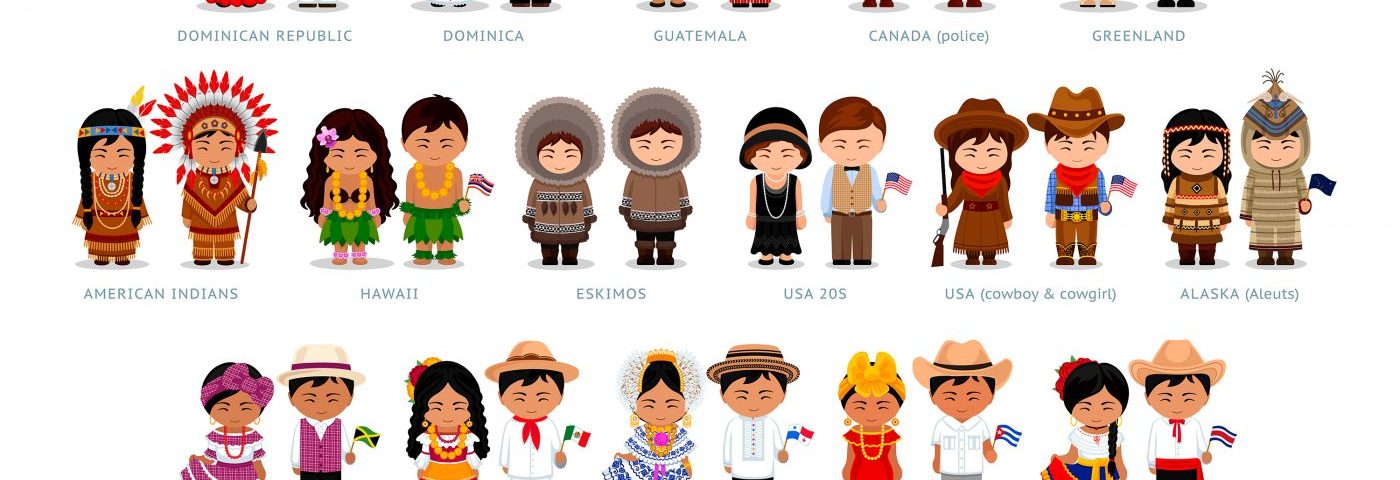The mortality toll of prostate and breast cancer is significantly higher in urban American Indian and Alaskan native populations compared to non-Hispanic whites, a retrospective study shows.
The study, “Disparities in Prostate, Lung, Breast, and Colorectal Cancer Survival and Comorbidity Status among Urban American Indians and Alaskan Natives,” appeared in the journal Cancer Research.
“It’s been reported that the AIAN [American Indians and Alaskan Natives] community has a higher cancer burden than other racial/ethnic groups,” Marc A. Emerson, MPH, who was a fellow in the Intramural Research Training Program in the Division of Cancer Control and Population Sciences at the National Cancer Institute while conducting this work, said in a press release.
However, the availability of data regarding cancer incidence and mortality in these two groups is still considerably limited, particularly among members who live in urban areas, said Emerson, who is now a PhD candidate at the Department of Epidemiology at the University of North Carolina at Chapel Hill.
Researchers conducted a retrospective analysis to assess all-cause and cancer-specific mortality — focusing on prostate but also breast, lung, and colorectal cancer.
The study included 582 American Indians and Alaskan natives, and 82,696 Caucasian patients enrolled in the Kaiser Permanente Northern California healthcare plan. Participants received their cancer diagnosis between 1997 and 2015.
After adjusting for patient and disease characteristics, researchers found that members of American Indian and Alaskan native communities had an 87 percent higher risk for prostate cancer-specific mortality than Caucasians. They also had a 47 percent increased risk of death from all causes after developing invasive breast cancer, but no differences were found in respect to lung and colorectal cancer. Adjusting for participants’ income did not impact the results.
Despite equal access to healthcare services, these people also had a significantly higher comorbidity burden — meaning they had other diseases unrelated to their cancer — compared with non-Hispanic whites.
“The AIAN population has a unique history of social, environmental, and cultural injustices that have impacted health,” said Emerson. “As a result, many of these long-term exposures have resulted in an unequal contemporary burden of comorbid health conditions.”
He added: “Our results suggest that factors other than health insurance and income may play a role in the survival differences observed for breast and prostate cancer. These factors could include differences in tumor biology or differences in aspects of treatment, such as adherence.”

